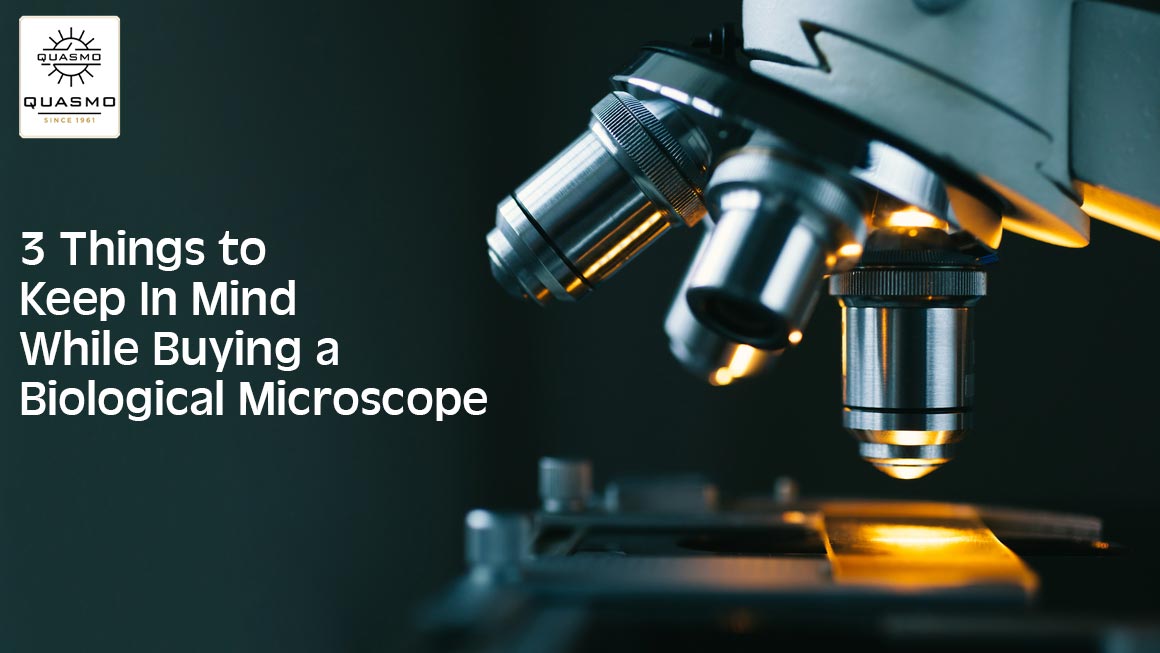
If you are looking forward to selecting the right microscope supplier, then keep this thing in mind choosing the right supplier is important for any laboratory in working. As the better equipment has a direct impact on the quality and reliability of the research done by the high-qualified equipment.
Many suppliers are available in the market but, choosing the best among the other competitors in the market can be quite risky. For the better outcome of the work, it is important to have the best supplier in the lab. Through this blog post, we will discuss more about some of the best suppliers you can deal with and what important factors one should keep in mind while selecting one.
Let’s get into it!
More About Microscope Supplier
Among all the other tools, these microscopes play an important role in doing scientific research, other medical diagnostics, and for education purposes too. Selecting the right microscope supplier is also important to make sure of better results, durability, and performance. With a wide range of microscope suppliers in the market, it is important to have the best suppliers for prominent results. Through this discussion, you will come to know everything about the microscope suppliers and we’ll together explore the different types of these microscopes and how they are useful in working.
Types of Microscopes offered by the best suppliers
All the microscope suppliers provide a wide variety of microscopes used in different fields. Here’s a list of some of the common types of the microscopes:
- Compound Microscopes: These types of microscopes are used for seeing quite small specifications at high-quality magnification, sometimes also used in different biological and medical research.
- Stereo Microscopes: These microscopes play an ideal role for dissecting and looking into the large size specifications in 3D look, bsically used in research labs and other medical research.
- Digital Microscopes: These microscopes are made with high-resolution cameras for clicking the best images and videos, which are suitable for documentation and analysis.
- Confocal Microscopes: These are used for high-resolution images and other 3D remaking of specimens and these types of microscopes are commonly used in quite advanced research labs.
Some key points to keep in mind while selecting a good supplier.
- Better Product Quality: Keep in mind while selecting the best suppliers. Make sure the microscopes are made with high-quality materials with extensive features for the right and trustworthy performance.
- Reputation of the Suppliers: Do thorough research on the supplier’s reputation in the market and also read customer reviews related to that supplier. Thorough research on the certifications and awards that show where they stand.
- Better Consumer Support: Choose reliable suppliers that provide better and more knowledgeable customer support to guide them related to their queries and technical support.
- Convenient Price and Value: Try to compare the different prices and go through the overall value, keeping in mind different factors such as warranty, maintenance services, and some additional discounts.
Some Common Tips to Evaluate Suppliers
1. Request for Demos
2. Check the warranty
3. Do a thorough research on the trainings and installation services
Go through various research while selecting the best suppliers.
To conclude!
All the microscope suppliers in the market play an important role in selecting the best equipment in the market. Try to keep all these points in mind.
If you are looking for a reliable microscope supplier, you should work with Quasmo Microscope, one of the reliable and highly equipped microscope makers.

 Biological Microscope:- When it comes to microscopy, it is a wide market one will step into, where tiny structures become visible to your naked eyes! In biology labs, microscopes serve as our windows into the hidden realms of cells, tissues, and microorganisms. These incredible instruments come in various shapes and sizes, each designed for specific tasks. From the classic light microscope to the cutting-edge electron microscope, there’s a tool for every scientific inquiry. As microscopic equipment got better, more and more biological microscopes with full features were made so that scientists could study biological objects better. This kind of microscope is longer than a regular trinocular compound microscope.
Biological Microscope:- When it comes to microscopy, it is a wide market one will step into, where tiny structures become visible to your naked eyes! In biology labs, microscopes serve as our windows into the hidden realms of cells, tissues, and microorganisms. These incredible instruments come in various shapes and sizes, each designed for specific tasks. From the classic light microscope to the cutting-edge electron microscope, there’s a tool for every scientific inquiry. As microscopic equipment got better, more and more biological microscopes with full features were made so that scientists could study biological objects better. This kind of microscope is longer than a regular trinocular compound microscope.
